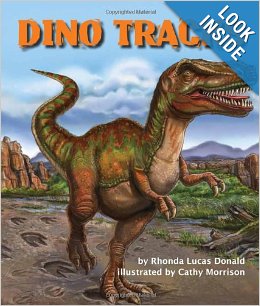2018 School Spending Survey Report
Dino Tracks
9781607186199.
ea vol: 32p. chart. maps. Sylvan Dell. 2013. Tr $17.95; pap. $9.95; ebk. $9.95.
COPY ISBN
Well organized by successively deeper ocean layers, from sunlight to hadal zone, this book introduces representative marine creatures as well as their survival features (headlights on anglerfish to attract prey) and behavior (vampire squid spraying glowing mucus to enable escape). The generally accurate text attempts to rhyme, with halting results; the illustrations are flat and static. Activity pages are appended.
ALREADY A SUBSCRIBER? LOG IN
We are currently offering this content for free. Sign up now to activate your personal profile, where you can save articles for future viewing





Be the first reader to comment.
Comment Policy:
Comment should not be empty !!!